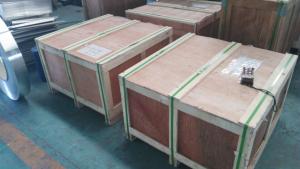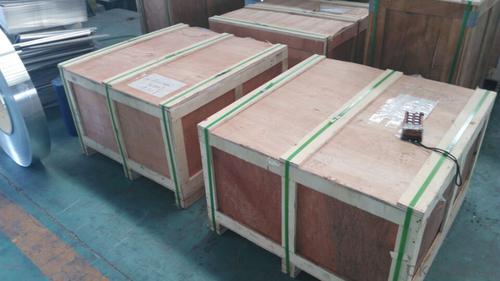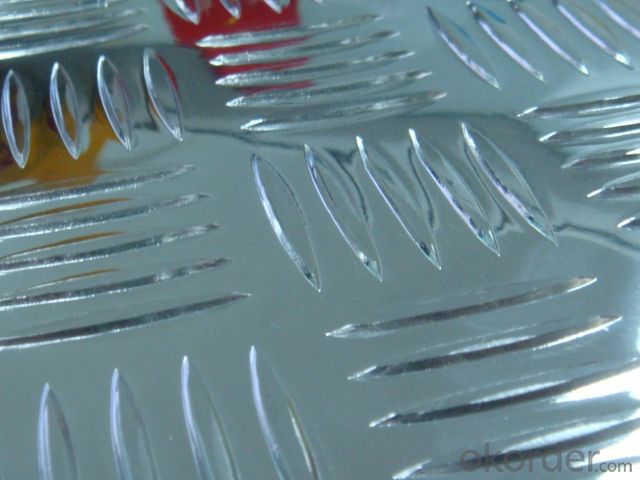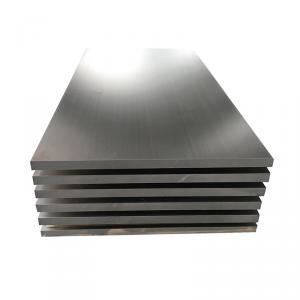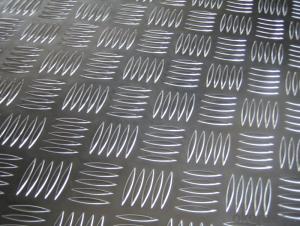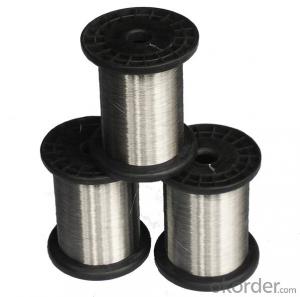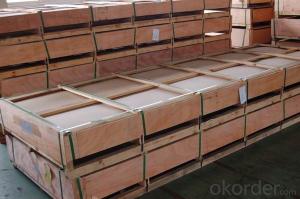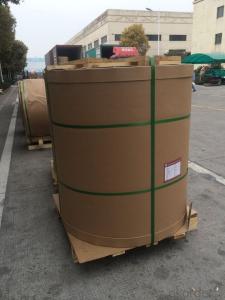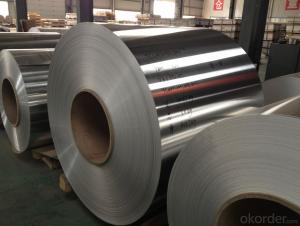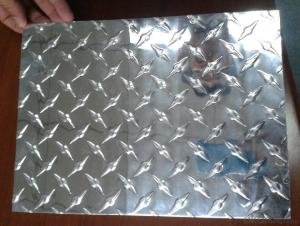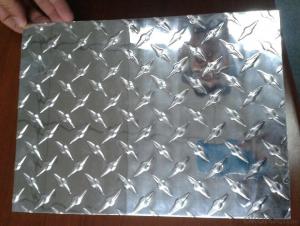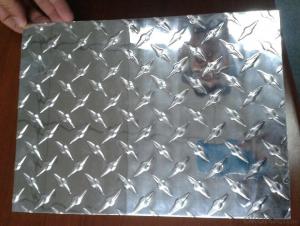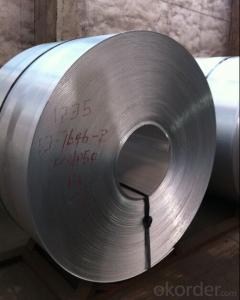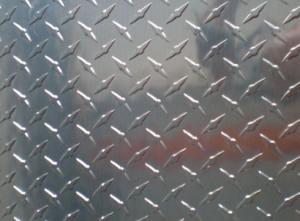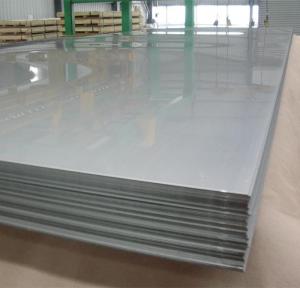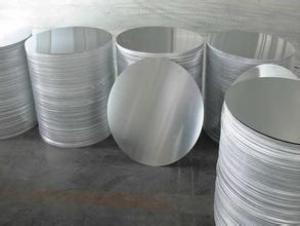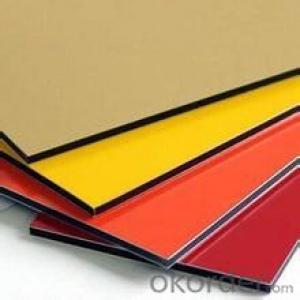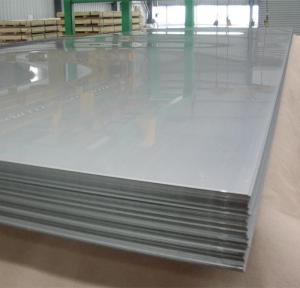Aluminum Sheets - Best Drawn Aluminum Slab Stocks in Warehouse
- Loading Port:
- Shanghai
- Payment Terms:
- TT OR LC
- Min Order Qty:
- 1 m.t
- Supply Capability:
- 6000 m.t/month
OKorder Service Pledge
OKorder Financial Service
You Might Also Like
Specification
1.Structure of Product Description
Cold rolled aluminum sheet is widely used in the field of construction field and decoration field, etc.
There are many different grades, such as: 1000 series, 2000 series,
8000 series5000 series, 7000series,etc. The detailed grade are as follows: 1010, 1050,1060,1100, 2024, 3003, 3005, 3105, 5052,5754,5083,6061,6063,8011, etc.
The temper is include H14, H22, O,F, H24, H44,H112, etc.
2. Main features of the product
a.Competitive price
b.Frist-Class Service.
3. Image.
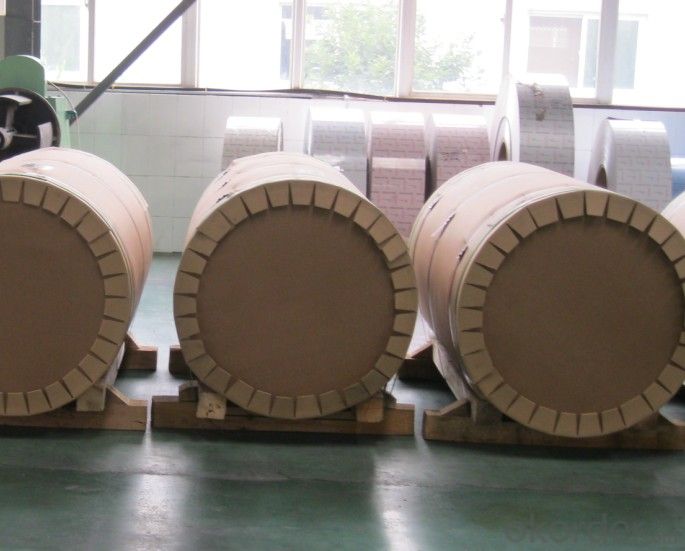
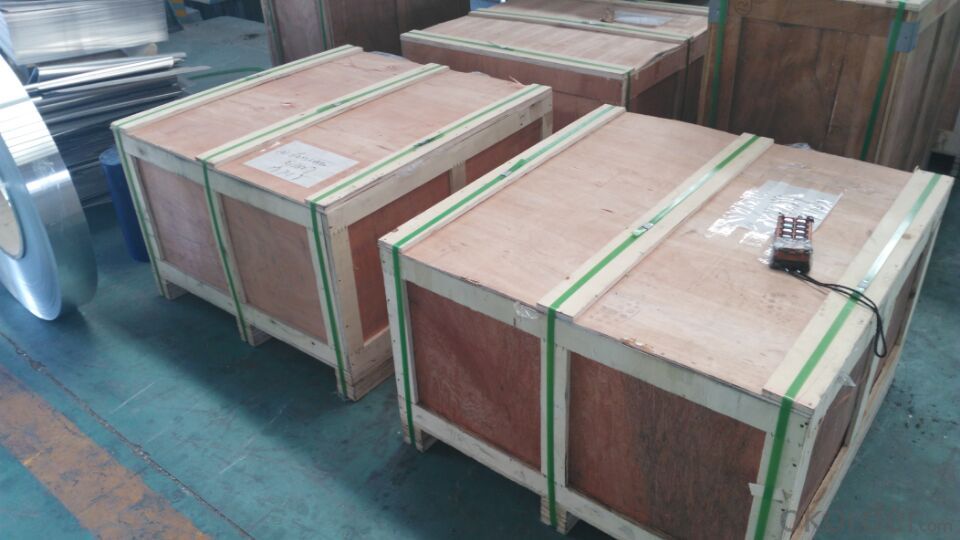
4.Product detailed sizes:
500MM*500MM,1000mm*2000mm, 600MM*600MM,800MM*800MM,900MM*900MM,
1219mm*2438mm,100mm*3000mm, etc.
5. FAQ:
What is the quality standard?
---Usually our standard is GB3880-2006 or others.
What is the width range?
---It is from00mm, etc.
What is the length range:
---It is from0mm, etc.
What is the MOQ for your products yet?
---Normally it is around 7tons/each size.
How many tonxport in one year?
---Normally it is around 600 tons totally.
Where is your client from?
---Normally itey, UAE, Saudi Arabia, Japan, USA, England,Canada,etc.
What is your mainly products?
---Normally theynd hot rolled and cold drawn aluminum sheet,small-5-bar checkered sheet,big-5-bar checkered cold rolm sheet, mirror finish aluminium sheet,aluminum sandwich panel,ETC, aluminum composite panel,etc.
- Q: Are aluminum sheets prone to warping?
- Yes, aluminum sheets are prone to warping, especially when exposed to high temperatures or subjected to excessive pressure. However, the extent of warping depends on various factors such as the thickness of the sheet, the specific alloy used, and the conditions it is exposed to.
- Q: What are the different types of patterns available for aluminum sheets?
- There are several different types of patterns available for aluminum sheets, including diamond, tread, stucco, and perforated. Each pattern offers unique aesthetic and functional properties, catering to various applications and design preferences.
- Q: Are aluminum sheets easy to clean and maintain?
- Aluminum sheets prove to be fairly effortless to clean and upkeep. Due to its innate resistance to corrosion and rust, aluminum stands as a material requiring minimal maintenance. When it comes to cleaning aluminum sheets, a gentle soap and water solution, combined with a soft cloth or sponge, will suffice. It is advisable to refrain from utilizing abrasive cleansers or scrub brushes, as they possess the potential to mar the surface. Furthermore, it is imperative to thoroughly dry the aluminum sheets following cleaning in order to prevent the occurrence of water spots or stains. Routine maintenance entails promptly wiping away any spills or stains and periodically administering a protective coating to enhance its durability. All in all, aluminum sheets present themselves as a convenient option for individuals in search of a material that is both easy to clean and maintain.
- Q: What are the different methods of surface preparation for aluminum sheet?
- Depending on the desired finish and purpose, there are various approaches to preparing aluminum sheet surfaces. 1. Chemical Cleaning: To eliminate dirt, grease, and contaminants, chemical solutions are employed. The sheet is typically soaked in the cleaning solution and thoroughly rinsed to ensure complete removal of any residues. 2. Mechanical Cleaning: Imperfections or coatings are removed through mechanical processes like sanding, grinding, or brushing. Abrasive materials or tools are used for sanding or grinding, while wire brushes are employed for brushing. 3. Etching: A textured finish that enhances adhesion for subsequent coatings or finishes is achieved through the application of acid or alkaline solutions to the aluminum sheet. This process removes a thin layer of the metal, creating a rough surface. 4. Anodizing: By immersing the sheet in an electrolytic solution and passing an electric current through it, an oxide layer is formed on the aluminum sheet. Anodizing not only improves the appearance but also provides protection against corrosion. 5. Conversion Coating: The surface of the aluminum sheet is converted into a more corrosion-resistant material through chemical processes like chromate or phosphate conversion coating. These coatings offer additional protection and improve the bonding of subsequent coatings. Each method of surface preparation for aluminum sheet has distinct advantages and is selected based on specific requirements. It is crucial to choose the appropriate method to ensure proper adhesion of coatings and finishes, as well as to enhance the overall durability and appearance of the aluminum sheet.
- Q: What are the fire resistance properties of aluminum sheets?
- Aluminum sheets have excellent fire resistance properties due to their high melting point and low flammability. When exposed to fire, aluminum forms a protective oxide layer that acts as a barrier, preventing further heat transfer and combustion. This makes aluminum sheets a reliable choice for applications where fire safety is a concern.
- Q: What are the different methods of cutting aluminum sheet?
- Various methods exist for cutting aluminum sheet, each offering unique advantages and applications. 1. Shearing: Employing a sharp blade, shearing provides a quick and efficient process for straightforward cuts. However, it may not be suitable for complex or intricate designs. 2. Laser cutting: By utilizing a high-powered laser beam, laser cutting achieves precise and clean cuts. This method is ideal for intricate designs, allowing for detailed and accurate cuts. Additionally, laser cutting can be automated, making it suitable for large-scale production. 3. Waterjet cutting: With a high-pressure stream of water mixed with abrasive materials, waterjet cutting is versatile and capable of handling various materials and thicknesses. It produces smooth and precise cuts without generating heat, making it suitable for heat-sensitive materials. 4. Plasma cutting: Plasma cutting involves using a plasma torch to heat and melt the aluminum sheet, resulting in a cut. It is a fast and cost-effective method, particularly for thicker sheets. However, the cut may not be as clean as laser or waterjet cutting. 5. CNC milling: By employing a rotating cutting tool, known as Computer Numerical Control (CNC) milling, material is removed from the aluminum sheet to create a cut. This method offers precision and the ability to produce complex shapes and designs. It is commonly used for prototypes or small production runs. When selecting the appropriate method for cutting aluminum sheet, factors to consider include desired cut quality, design complexity, material thickness, and production volume.
- Q: Can aluminum sheet be used for automotive body panels?
- Automotive body panels can indeed utilize aluminum sheets. In fact, aluminum is gaining popularity in the automotive industry due to its numerous advantages. Firstly, aluminum surpasses steel in terms of weight, leading to improved fuel efficiency and overall vehicle performance. Furthermore, aluminum boasts high resistance to corrosion, providing durability for body panels exposed to the elements. Additionally, aluminum exhibits remarkable formability, enabling the creation of intricate designs and enhancing design flexibility during vehicle production. Moreover, aluminum excels in absorbing crash impact, thereby enhancing vehicle safety. Nevertheless, it is important to acknowledge that utilizing aluminum for automotive body panels may necessitate specialized equipment and techniques for welding and repair purposes.
- Q: How are aluminum sheets cut or shaped?
- Aluminum sheets can be cut or shaped using various methods depending on the desired outcome. One common method is using a saw, such as a circular saw or a bandsaw, with a carbide-tipped blade specifically designed for cutting metal. This allows for straight cuts and can be used for both thin and thick aluminum sheets. Another method is using a shear, which is a machine that uses sharp blades to cut the aluminum sheet. Shearing is ideal for cutting straight lines quickly and efficiently, especially for thinner sheets. For more intricate shapes or curves, aluminum sheets can be cut using a water jet cutter or a laser cutter. Water jet cutting involves using a high-pressure jet of water mixed with an abrasive material to cut through the sheet. Laser cutting, on the other hand, uses a focused laser beam to melt or vaporize the aluminum, resulting in precise and intricate cuts. In addition to cutting, aluminum sheets can also be shaped through processes like bending, rolling, or stamping. Bending involves using a press brake to bend the sheet into the desired angle or shape. Rolling, on the other hand, uses a rolling machine to gradually shape the sheet into curves or cylinders. Lastly, stamping involves pressing the sheet against a die to create specific shapes or patterns. Overall, the method used to cut or shape aluminum sheets depends on the thickness of the sheet, the desired outcome, and the available equipment.
- Q: What are the different surface treatments available for aluminum sheets?
- Some of the different surface treatments available for aluminum sheets include anodizing, painting, powder coating, and polishing. Anodizing provides a durable and corrosion-resistant finish by creating an oxide layer on the surface of the aluminum. Painting involves applying a coat of paint to the sheet, which can provide both protection and aesthetic appeal. Powder coating is a process where a dry powder is applied to the aluminum and then heated, creating a durable and vibrant finish. Polishing involves buffing the surface of the aluminum to create a smooth and reflective finish.
- Q: what kind of abradant should be used in the deburring of aluminum sheets? How to grind?
- you can use deburring brush,grinding fluid,abrasive powder and other consumables.
Send your message to us
Aluminum Sheets - Best Drawn Aluminum Slab Stocks in Warehouse
- Loading Port:
- Shanghai
- Payment Terms:
- TT OR LC
- Min Order Qty:
- 1 m.t
- Supply Capability:
- 6000 m.t/month
OKorder Service Pledge
OKorder Financial Service
Similar products
Hot products
Hot Searches
Related keywords
